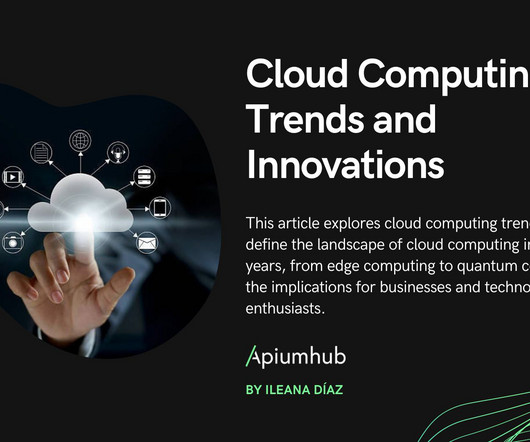Cloud Computing Trends and Innovations
Apiumhub
MARCH 12, 2024
Implementation: Integrating quantum cloud platforms such as IBM Quantum or Microsoft Azure Quantum to execute quantum algorithms for tasks that surpass classical computing capabilities. Edge computing, quantum computing, serverless architectures, and advanced security measures are reshaping how organizations leverage cloud resources.















Let's personalize your content